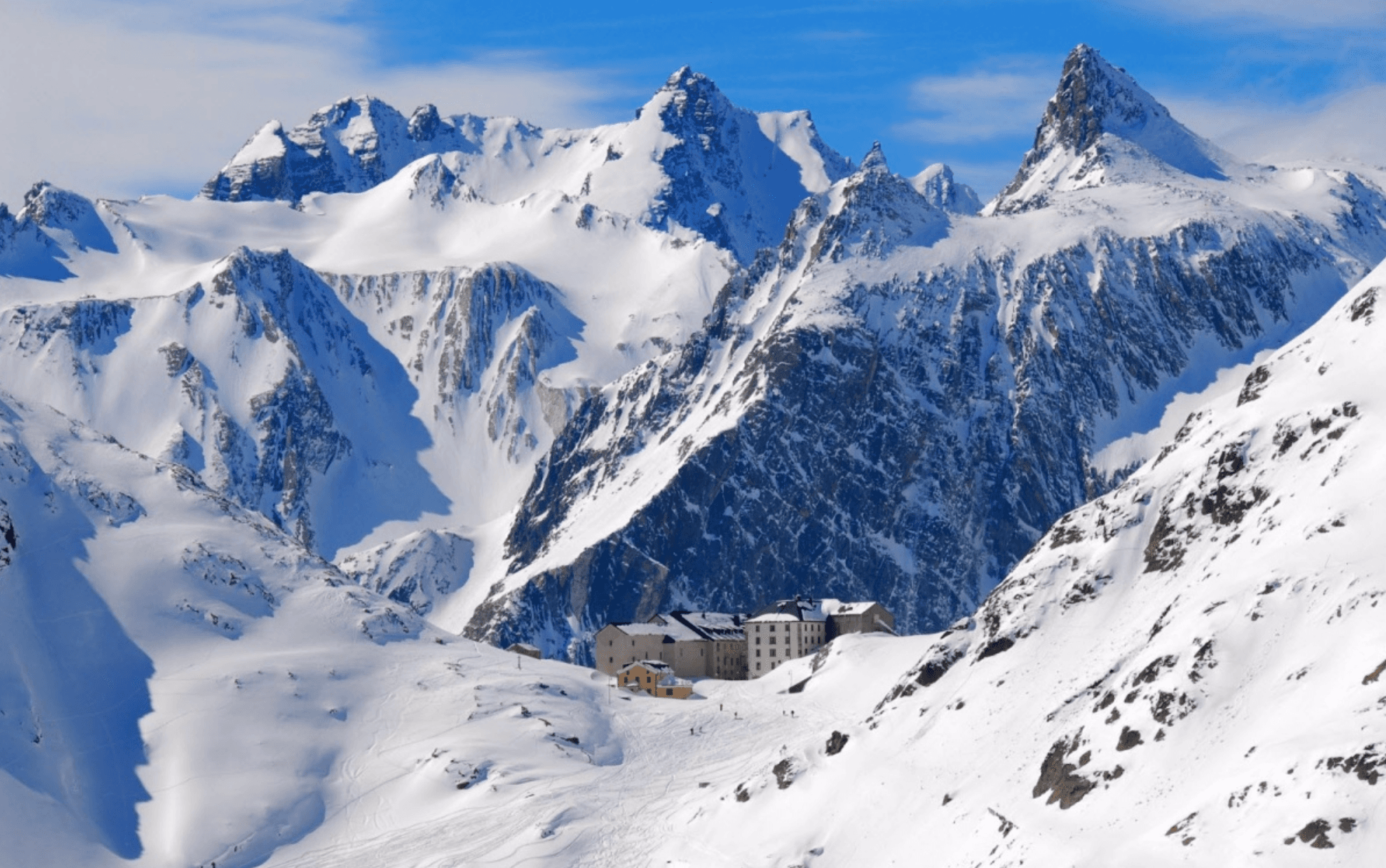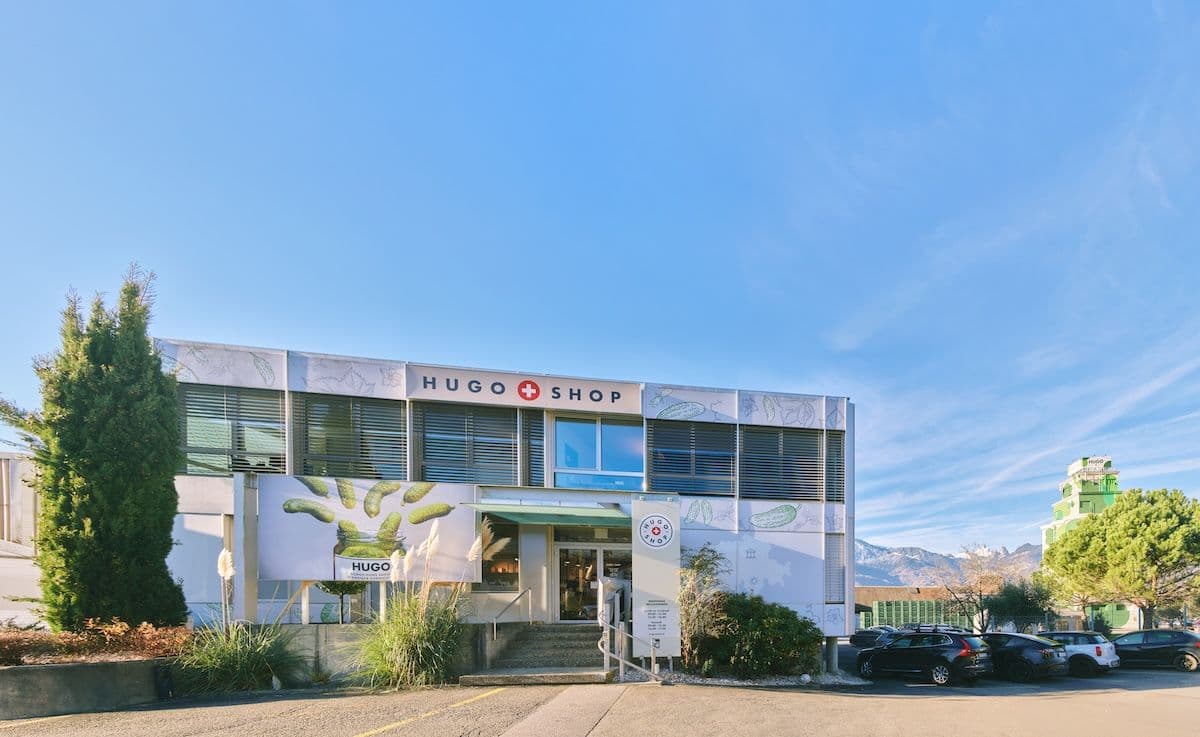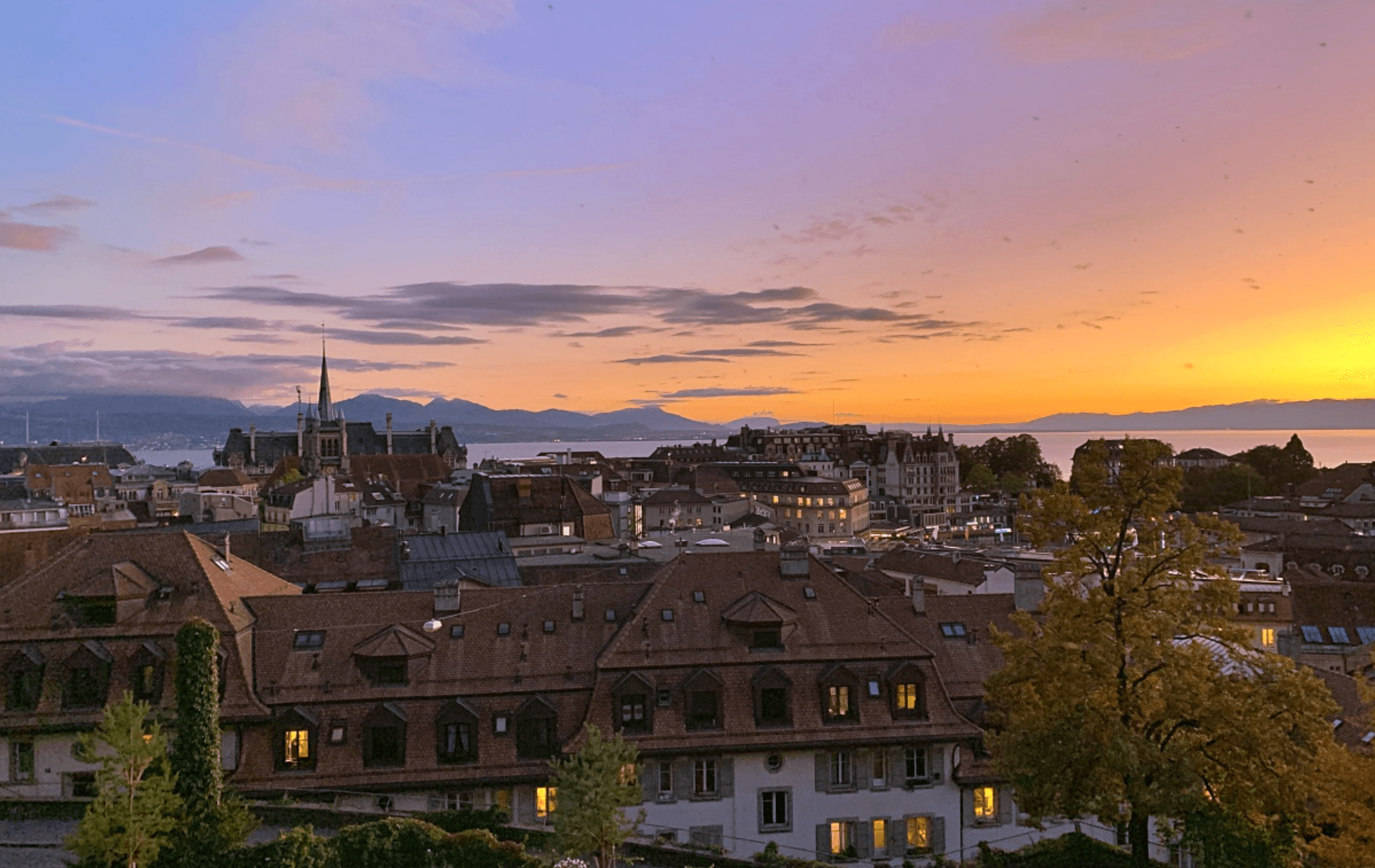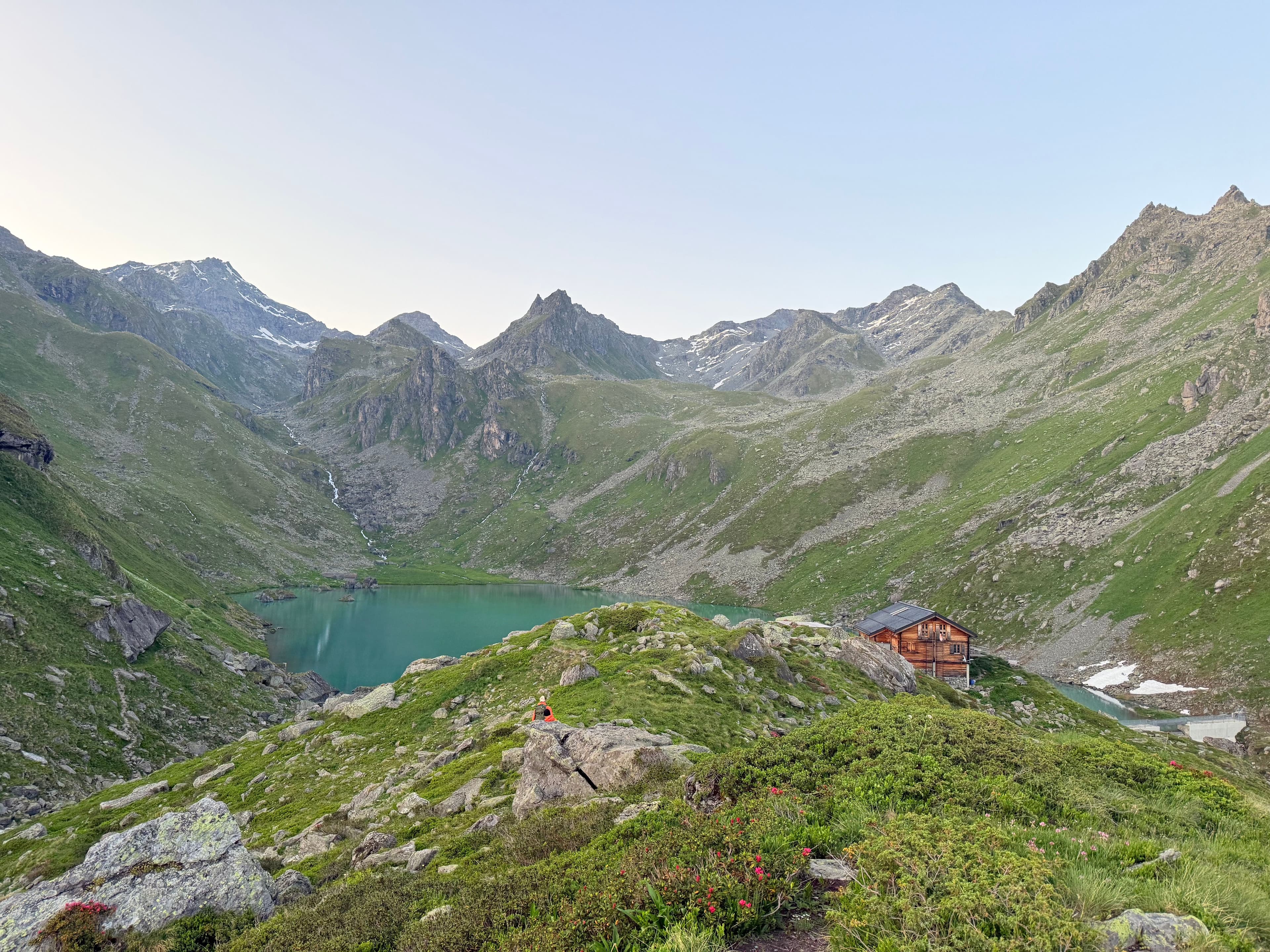The mountains grow taller the further we drive up the winding road towards the Great St. Bernard tunnel. Signs for Italy show us that we are on the right track; we are heading for the famous monastery that sits on the border between Switzerland and Italy – the Grand St. Bernard Hospice. This is the region of the Valais mountains that was inhabited by Etruscan and Celtic tribes, and later the Romans.
At some point during its rich history, Napoleon passed here on his way to wage war in Italy; one of the most famous paintings of him depicts the crossing of the Great St. Bernard Pass, sitting on a rearing stallion, boldly leading the troops across the Swiss Alps. Times change, and where French soldiers and horses once rested, cars are now parked – specifically cars of ski-mountaineers who explore the glaciated peaks of Grand Combin and Mont Velan.
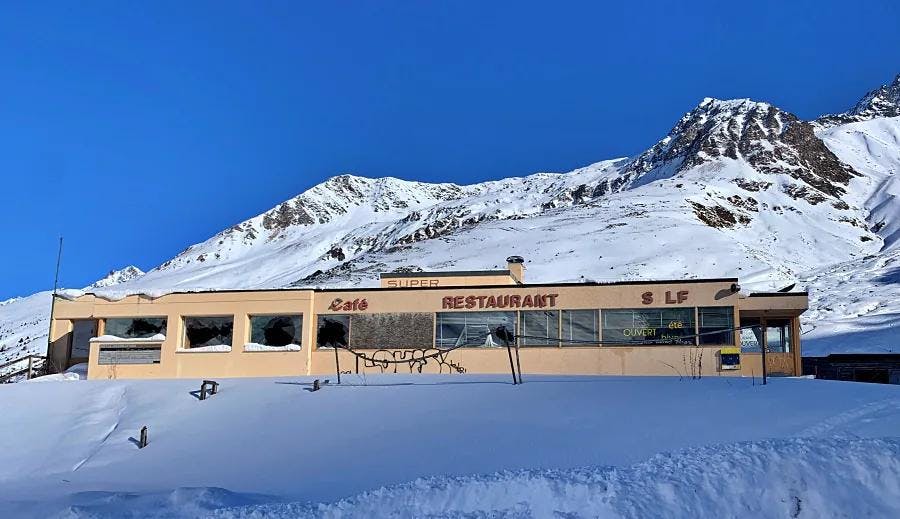
Just a few meters before the tunnel entrance, at the last exit in Switzerland, we turn off the road and arrive at an abandoned ski lift: the once popular Super St. Bernard station. The location is eerie, with windswept snow dunes and not a tree in sight. We are too high for tall vegetation and the deep snow is covering anything else that manages to grow here. We are surrounded by white mountains that stand around the decaying structure of the ski resort in front of us. The lift was closed in 2010, which is recent enough to feel very misplaced here in Switzerland.
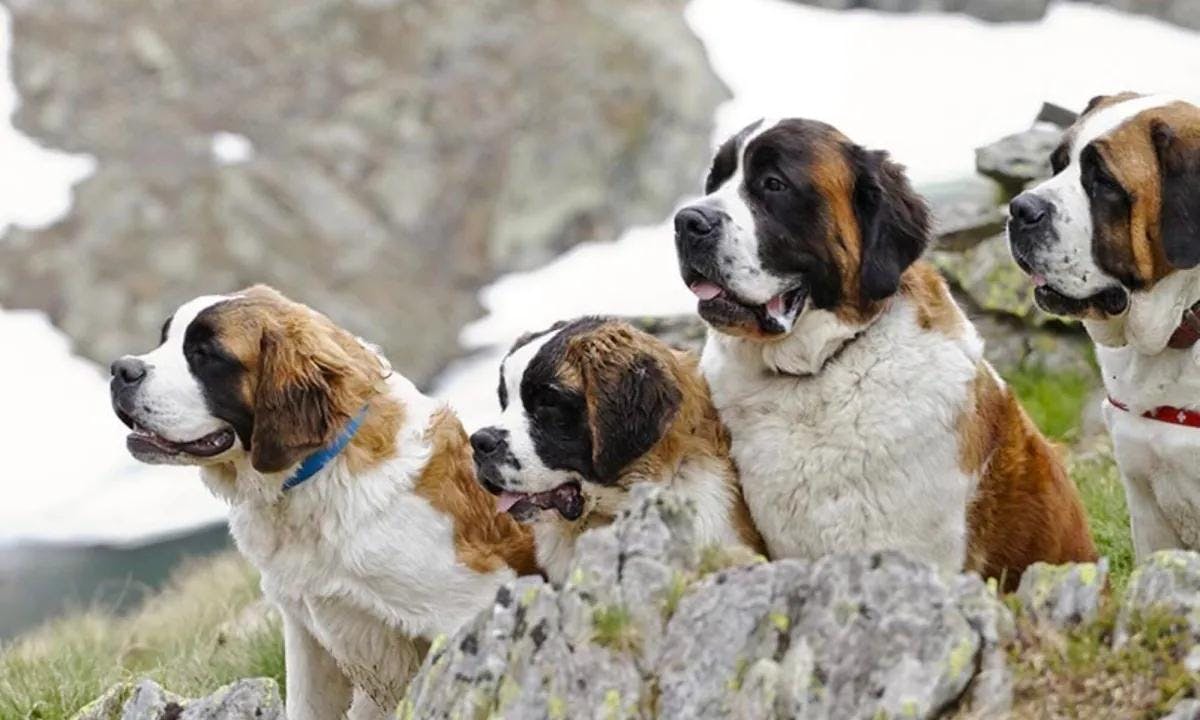
Donning snowshoes, we leave the abandoned ski station behind and continue upwards following tracks heading deeper into the wild mountains. Our destination, the Great St. Bernard hospice, is still a good walk away. This sanctuary was established over a millennium ago as a resting point for weary pilgrims. The Via Francigena pilgrimage was a strenuous pilgrimage from Canterbury to Rome. Nowadays camper vans and cyclists cramp the narrow summer road that leads to the monastery.
On our way up we pass a stream of open water to our right that is the sanctuary for birds. Wildlife is present and visible for the attentive; we spot a Dipper diving into the water.
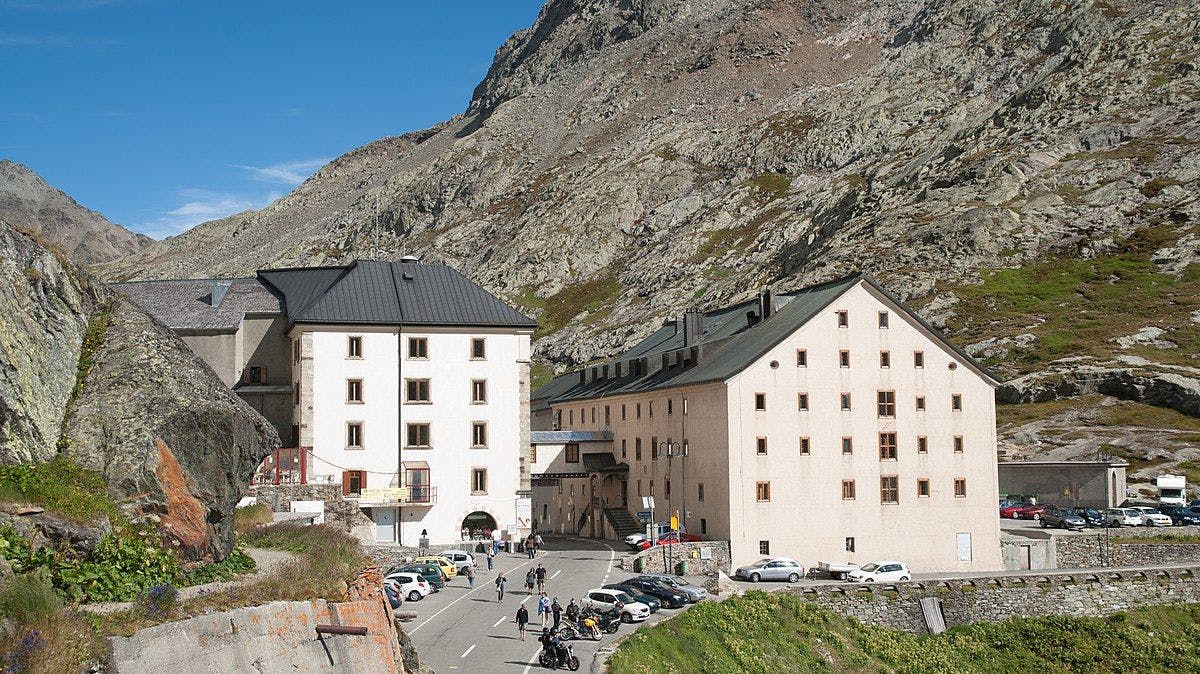
Although far from wild, the lovable Saint Bernard dog is also an inhabitant here. The dog was first bred by the monks at the hospice and has become an emblem of Switzerland. During the summer you can find the dogs in the hospice, and during the winter in Champex-Lac, accompanying dog-lovers on snowy winter walks.
We continue further, and through the clear air we finally see the buildings appear before us. A surreal sight as the thick walls, tempered by centuries of wind, rain, and snow, feel misplaced among the peaks surrounding us. Stepping in, we leave the winter behind us and feel the ambiance change instantly. We are now in a monastery, and an immediate calmness bestows us as we continue toward the mess hall for our warm meal.
The hospice offers accommodation for the night, and sleeping here is an experience worth having. But for us, this adventure is only for the day, thus we venture outside and are hit by the stark contrast of the winter landscape we had taken shelter from just hours before. We could always continue higher, as it seems here in Switzerland there are endless peaks to discover, but alas, it’s time to make our descent. We begin our walk down, once again in awe of the journey that has been made countless times before us—that our own pilgrimage is possible only an hour from Lausanne.
Notes:
The route is about 12km long with 500 meters of vertical climb taking a few hours to complete. It is alpine terrain, exposed to avalanches and risks of injury in case of fall. The best way to enjoy it safely, if you don´t have any experience of ski-touring or snowshoeing, is with a mountain guide.
